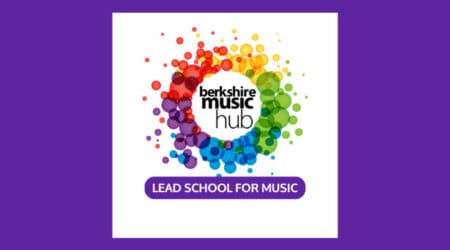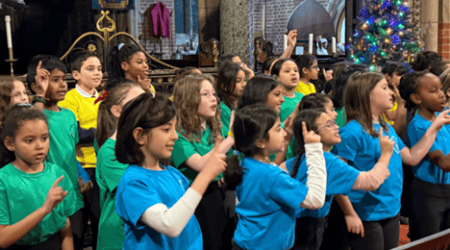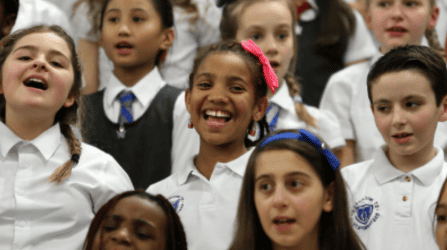Quick Wins for the Music Classroom : Rhythm Cups
Music lessons should be fun, engaging, and accessible for all children. A great way to start a lesson, build rhythmic confidence, and promote teamwork is by using Rhythm Cups. This simple activity only requires a set of plastic cups and a bit of enthusiasm!
Start by introducing a simple rhythm using body percussion, such as clapping, tapping on the table, or clicking fingers. Once children are comfortable with the rhythm, transfer it onto the cups. They can tap the cup on the table, pass it to a partner, flip it upside down, or tap it against their palm. To reinforce listening skills, use a call-and-response format where the teacher or a child creates a rhythm, and the class echoes it back. As children become more confident, the activity can increase in complexity by adding musical notation or allowing students to compose their own rhythms.
Rhythm Cups immediately engage children and set a lively tone for the lesson. The activity requires minimal resources; cups are inexpensive and easy to find, yet it improves rhythm skills, timing, and teamwork. It’s adaptable for various skill levels and age groups, making it effective for both KS1 and KS2 children. Older students can further challenge themselves by creating more intricate rhythms.
However, it’s important to avoid introducing overly complex patterns too early, as this might overwhelm the children. Gradually increasing difficulty helps maintain engagement. Managing classroom noise and setting clear expectations will also keep children focused. Make sure all students are participating equally to maintain motivation.
Rhythm Cups are a tried-and-true way to add energy to your music classroom. With minimal preparation and maximum engagement, it’s a perfect activity for warming up or for a full lesson. Students will be tapping, clapping, and creating in no time!
Claudio Di Meo
Principal
Langley Hall Arts Academy
Share this article:


